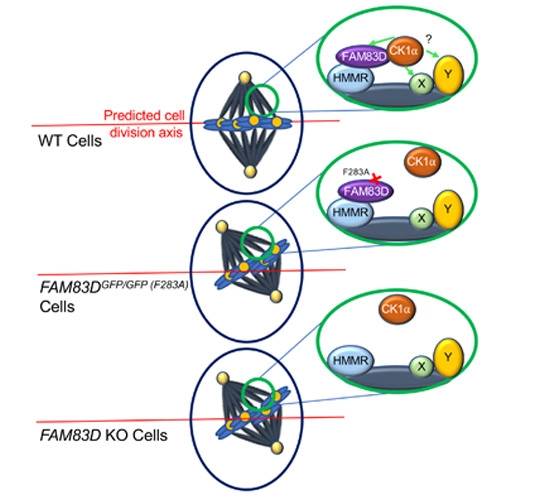×
Login
Home
News & Events
Donate
Donate Online
Donate through Vancity
Ways to Support
Gifts & Sponsorship
Volunteering - Donate Your Time
Organize Your Own Event
Donation & Volunteer Forms
Research
The Foundation
Michael
Sponsors
Contact

